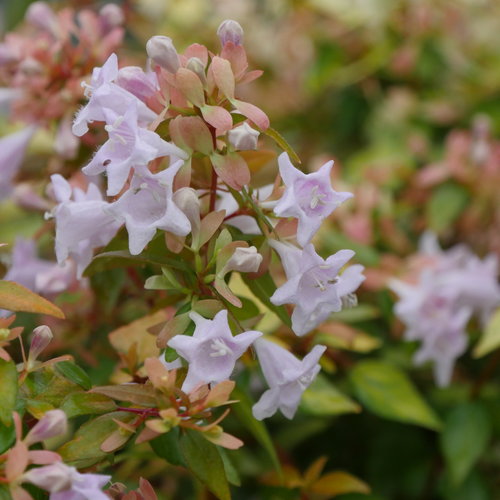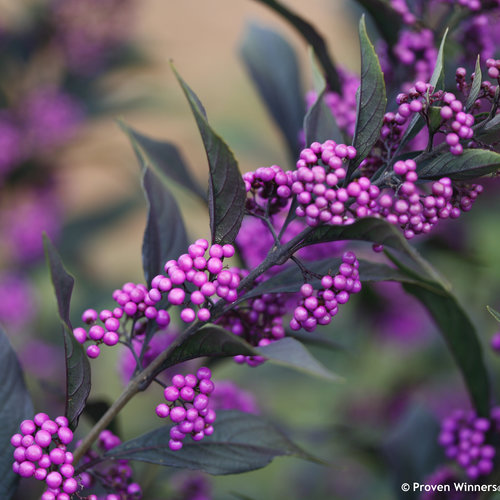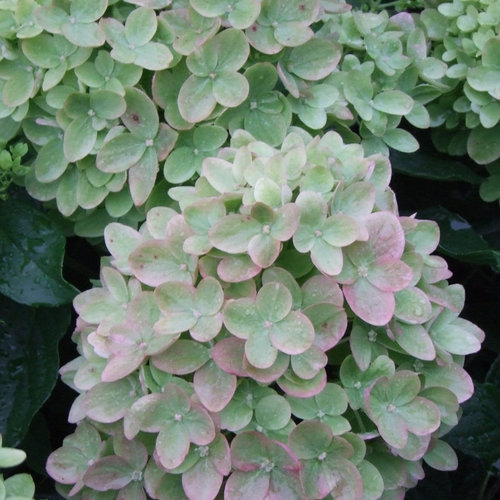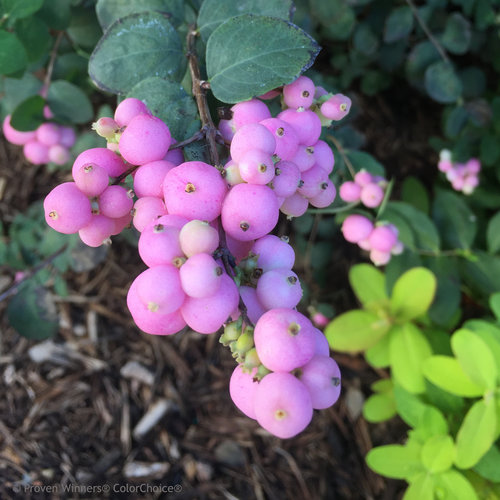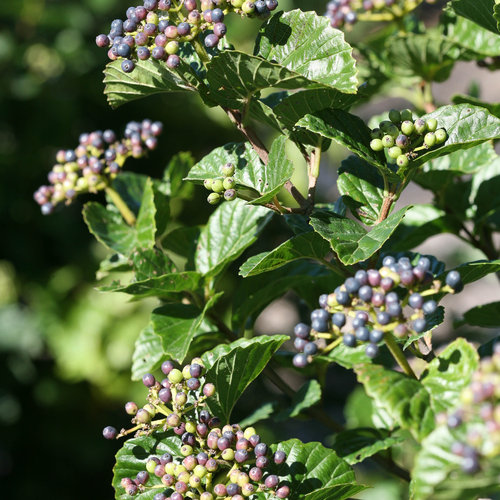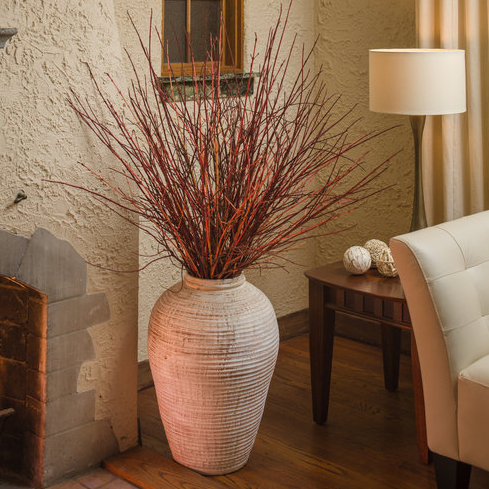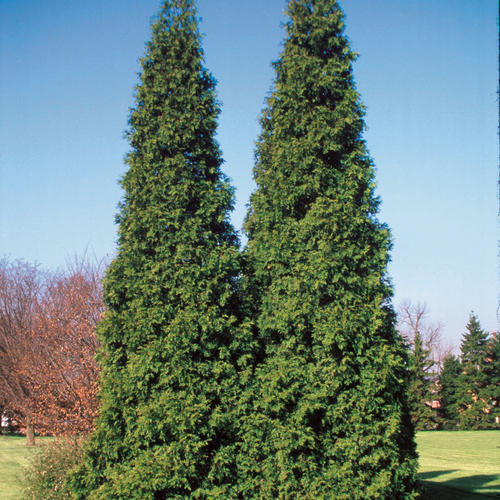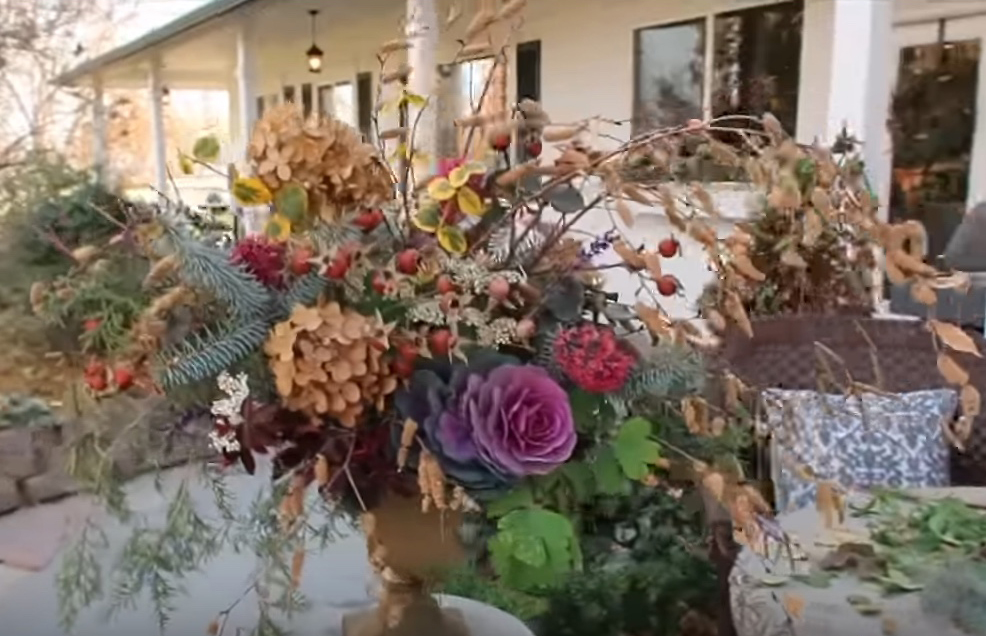12 Shrubs to Plant for Cut Branches in Fall and Winter
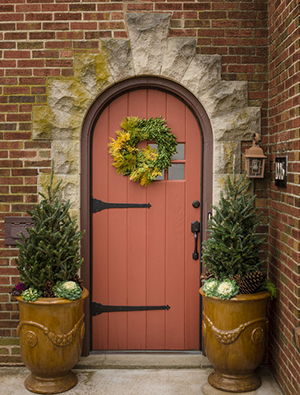 Any garden can look great in spring or summer, but it takes real preparation and research to have a garden that looks great in fall and winter. It also takes discipline: garden centers are always stocked with shrubs that look fabulous at that moment, making those that don’t come into their own much later in the season easily passed by. However, it pays off to always add a few shrubs to your landscape that will look wonderful when the rest of the garden is fading. And, it pays off dividends to pick plants that make great cut branches in fall and winter, giving you the chance to create your own unique arrangements and décor during the holidays and beyond.
Any garden can look great in spring or summer, but it takes real preparation and research to have a garden that looks great in fall and winter. It also takes discipline: garden centers are always stocked with shrubs that look fabulous at that moment, making those that don’t come into their own much later in the season easily passed by. However, it pays off to always add a few shrubs to your landscape that will look wonderful when the rest of the garden is fading. And, it pays off dividends to pick plants that make great cut branches in fall and winter, giving you the chance to create your own unique arrangements and décor during the holidays and beyond.
Here are shrubs – for fall or winter – that look great in the garden, in the vase, and more. While they may not be at their most exciting in spring, when the temperature drops and things start to get gloomy, you’ll be mighty glad you added them to your planting list.
Best shrubs for cut foliage in fall:
Best shrubs for cut branches in winter:
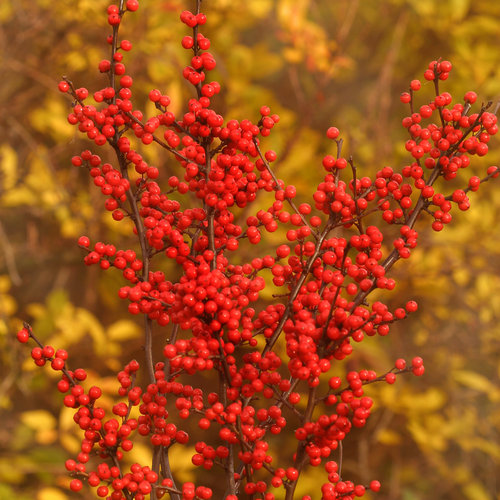 | Add color and interest to your winter landscape with copious amounts of bright red berries that can be cut and used in floral arrangements. Pair with a male, like Mr. Poppins or Little Goblin Guy, to ensure you get plenty of berries, which is a female selection. Sound confusing? Get a full explanation in our Ultimate Guide to Winterberry Holly. |
Staff favorite! We love all winterberry hollies, but Berry Heavy Gold is a truly special plant. This native winterberry holly bears hundreds of golden berries in fall and winter. It’s a unique color alternative to the more ubiquitous bright red, though they definitely look great together. Plant several so you’ll always have an abundant supply of branches for holiday décor. Also needs to be planted with a pollinator. | |
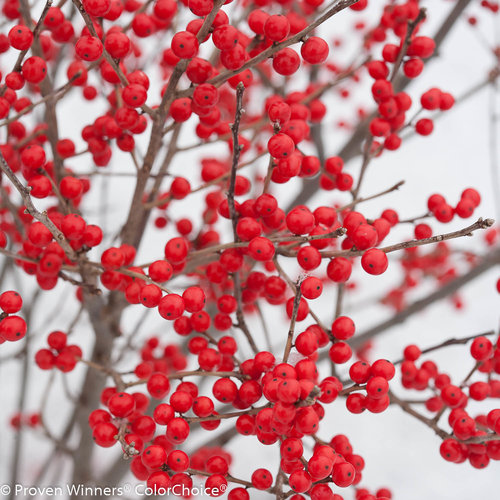 | Berry Poppins® has a dwarf habit that is smaller than conventional winterberry hollies. It's perfect for home landscapes and can be used nearly anywhere. It doesn't require pruning, but you can selectively remove whole branches for cut flowers or other decorating. A male pollinator is required to set fruit. |
Deck your halls with as many boughs of holly as you want with Castle Spire and Castle Wall hollies. These blue hollies bear the glossy, evergreen, deeply toothed holly leaves that are most associated with the holidays, and the female, Castle Spire, will be laden with cheerful red berries, too. These dense plants have a strong shape and presence in the landscape, but will give you plenty of branches for arranging, wreath-making, and other decorating. Note: the newest member of the series, Castle Keep™, is also beautiful for arrangements, but its dwarf habit yields fewer and shorter branches. | |
Boxwood is notoriously slow-growing, but Sprinter comes by its name earnestly: it grows nearly twice as fast as conventional boxwood! That means you can judiciously cut from it for arrangements and crafts and still have a nice looking plant in your landscape. Also, Sprinter boxwood doesn’t have the characteristic boxwood odor, so you won’t mind having it indoors. The nice thing about decorating with boxwood is you don’t need a lot to have a big impact – a few sprigs would work perfectly in this kissing ball that Laura from Garden Answer made. | |
Red or yellow – take your pick! Either of these easy-to-grow dogwood will accentuate your landscape and give you lots of beautiful, versatile branches to use in indoor or outdoor decorating. Plus, when you cut the stems off of these dogwoods to use in arrangements, you’re actually doing the plant a favor: they develop the best color on newer growth, so by removing the old stuff, you ensure a vivid display for the next year! These dogwoods are very adaptable in the garden, and thrive in sun or shade, dry or wet soil, plus, deer and rabbits don’t bother them. If you feel nervous about cutting branches from the shrubs in your landscape, these durable dogwoods are a great place to build your confidence. | |
Got space? Then grow plenty of beautiful, glossy, fragrant arborvitae branches! While any of our arborvitae are beautifully suited to arranging in winter, we especially like Spring Grove because it’s big, fast growing, and, as a Western arborvitae, its foliage has a unique “braided” appearance that makes it look like undersea coral. Spring Grove arborvitae provides excellent coverage in the garden for hedges or well-placed specimens and its abundant, deep green branches will give you plenty of material to work with for wreaths, arrangements, and more. |
This video will give you an even better view of these great plants.
See Laura from Garden Answer put together fall and winter arrangements using the plants mentioned above.
Videos:
Making a Late Fall Arrangement from My Garden |  Foraged Winter Arragement |
Filling up My Urns for Christmas! |



